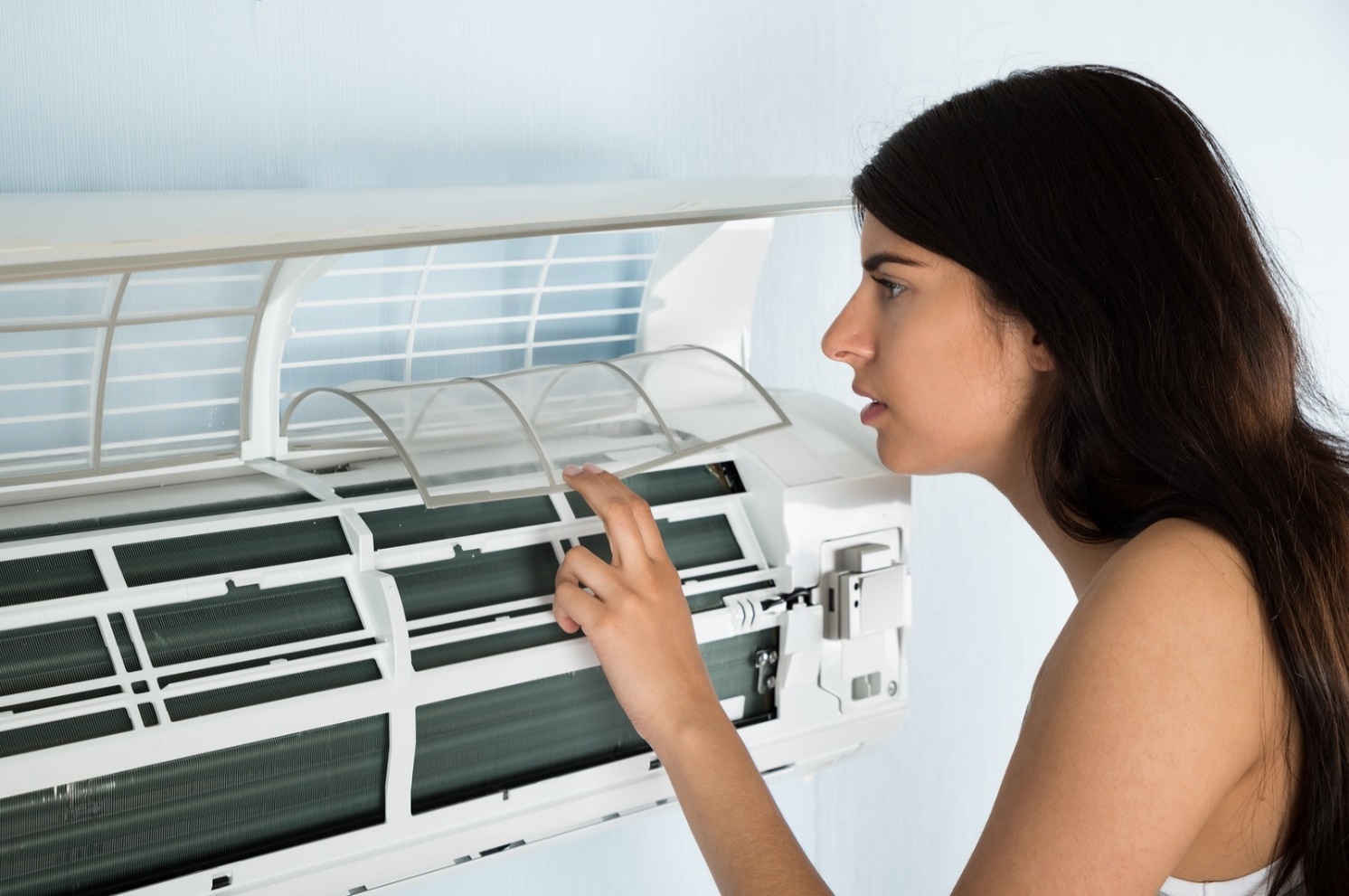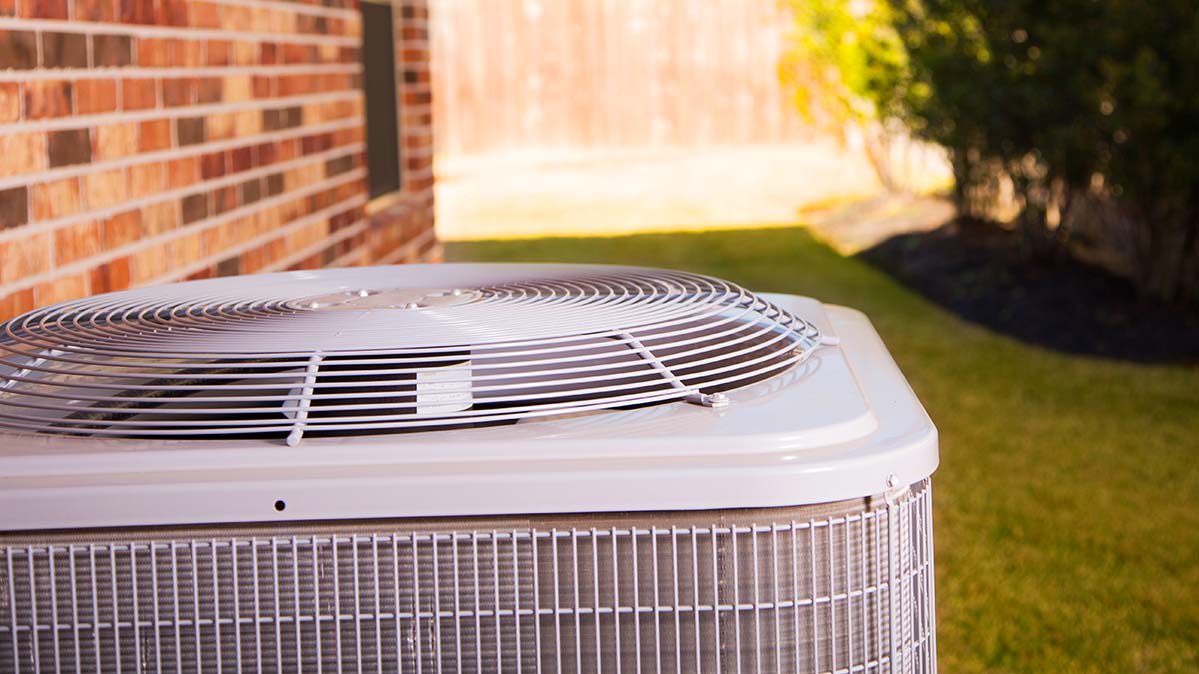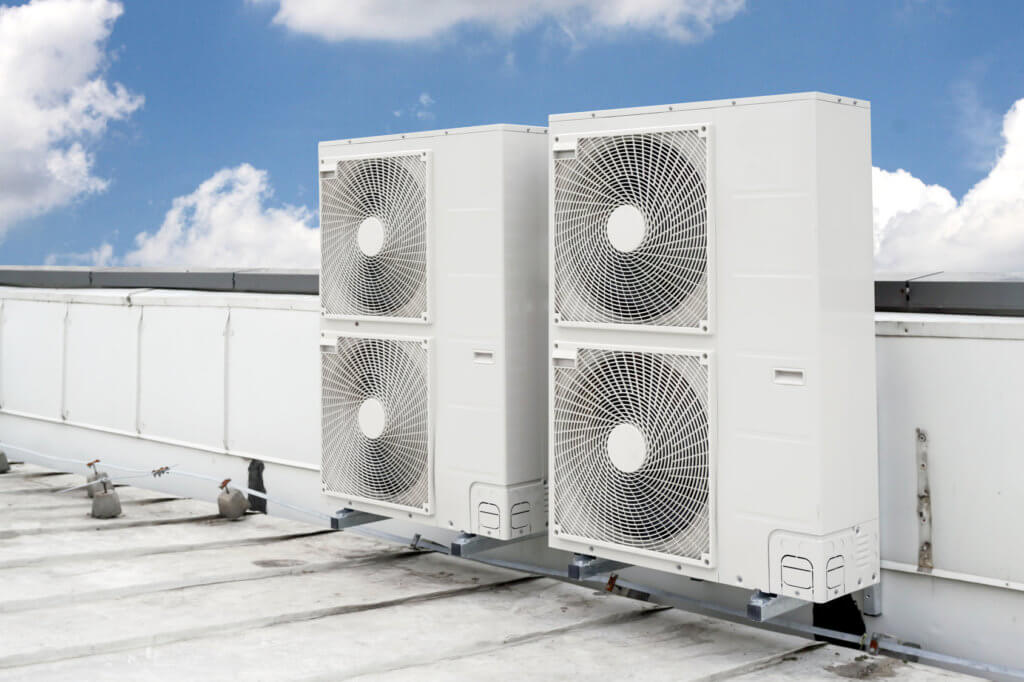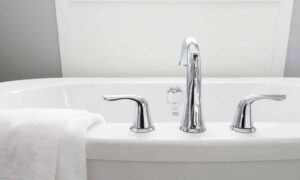While 88% of American residences have an AC, central air conditioning systems are the most popular due to their ease of use and convenience. Many people wonder whether they can install the unit by themselves. And the answer is yes. Here’s how to safely and correctly install central air conditioning.
How Does Central Air Conditioning Work?
To distribute cool air throughout your home, an AC system uses ducting and registers (openings). The system basically sucks air from the outside, makes it cooler, and then distributes it throughout the home via ductwork.
Split-system and packaged central air conditioners are the two types of central AC. A split system has an outdoor unit and an internal cabinet. In contrast, a packaged system is housed in a cabinet outdoors or on the roof. With electric heating coils or a gas furnace, packaged units can also act as a heater.
Suppose your home doesn’t have enough ductwork to accommodate your new system. In that case, you’ll have to consider some changes to add an air conditioner. You may notice a considerable difference in your energy expenditures if you replace an older device with an upgraded and energy-efficient one.
Today’s units consume up to 50% less energy than those manufactured just 10 years ago, making a modern unit an excellent purchase for most homeowners. Picking the right size device will, of course, have an impact on your energy expenditures, so it’s critical to get it right. If you don’t know how to install one on your own, follow this link https://www.kellyheatingandairconditioning.com/ac-repair-morrison-il/ to find everything you need regarding the topic.
Where To Start?
It’s time to install your new AC after you’ve purchased it and had it delivered. You must now pick where it will be installed, begin the assembly procedure, and add refrigerant. The following are the next steps.
Where Should the Unit Be Placed?

Obviously, your AC should be installed outdoors and then linked to the ducting in your home. However, when it comes to setting up your new system, you have two options. You have the option of putting it on a concrete platform or installing it on the roof.
Wherever you put the system, make sure it has enough airflow. It is out of the way, so it doesn’t make too much noise but is still available for upkeep and allows the unit to be correctly positioned and linked.
Assuring a Low-Energy Installation
Even if your house already has ductwork to accommodate your new ac unit, it’s still a good idea to double-check that it’s properly sealed. After all, cool air seeping from the ducts equals less fresh air entering your home, as well as increased energy expenses because you’re also cooling beneath the house!
You really don’t want any drooping or bends in the ductwork, as this will impact the system’s performance. Checking the ductwork may entail entering the crawl space beneath your house or even eliminating flooring to ensure that everything is in working order.
Safety Considerations
There are certain special considerations if you wish to replace an existing AC unit. To begin, you must first retrieve any residual refrigerant from your old system. To securely remove the old material, you should have an EPA refrigerant working certification or contact someone who does.
Of course, if you buy a new unit with refrigerant already installed, you may not have to buy any more. An incorrectly charged unit, on the other hand, will require more refrigerant, possibly putting you in a problem just as you’re about to install it.
It is unsafe to remove refrigerants without professional training. We do not advocate that any homeowner undertakes this phase of an AC installation or removal on their own. Learn more here.
Taking Care of It

Your new air conditioner will require routine maintenance and possibly repairs over time. Change (or clean) your air filters regularly, inspect (and clean) the evaporator coil once a year, clear dirt from the unit, and inspect for refrigerant leaks.
Thermostat and drainage issues, clogged filters, and low or leaky refrigerants are frequent concerns with air conditioners. While dealing with those concerns is outside the focus of this article, engaging a professional may sometimes be cost-effective and far less stressful, especially if you aren’t familiar with HVAC.
Connecting the Air Conditioning System
Connecting the system entails putting the unit in the right place and attaching it. Based on the layout of the Air conditioning unit and whether you opt to update ducting or the thermostat, you may also need to install indoor components.
Check The System
You should also be able to set the thermostat and switch it on after the system is installed. Both compressors and the blower should be operational; this indicates that air is being blown through the ductwork and sufficiently chilled.
Even though the unit looks to be in good working order, issues such as poor maintenance, refrigerant leakage, and electrical control failure might occur at any time. To guarantee a long-lasting, energy-efficient, and safe home AC unit installation, we advise having a professional assist you with installing your new unit—or at the very least double-check your work.
That’s all there is to it. You now understand how to set up the central air conditioning on your own. Now go back to work and pat yourself on the back!








